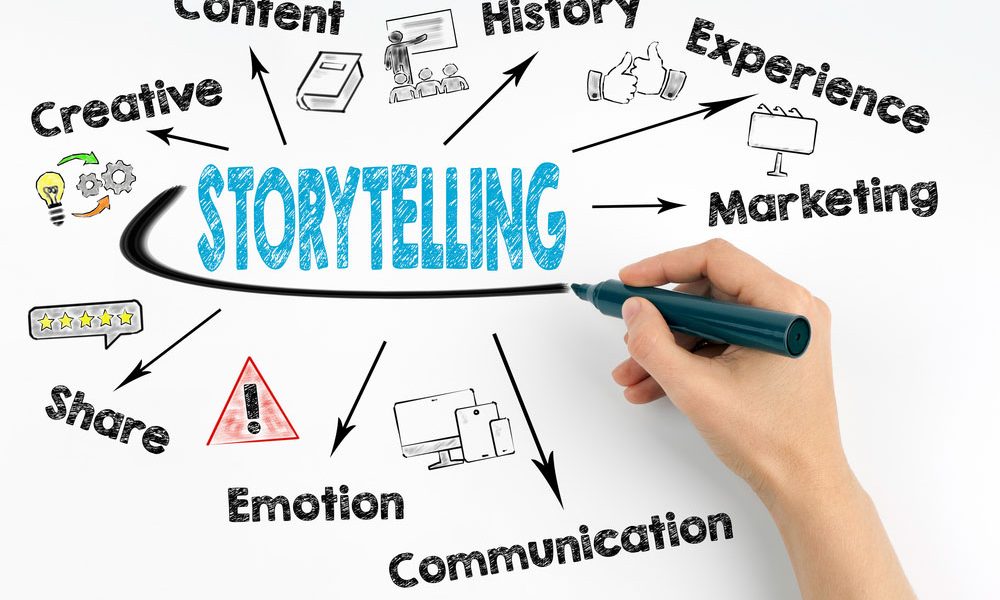The Power of Storytelling in Sales Presentations

In today’s competitive market, it is essential for businesses to stand out and leave a lasting impression on potential customers. One way to achieve this is through the art of storytelling. Storytelling is a powerful tool that can humanize a brand, connect with customers on an emotional level, and ultimately drive sales. In this article, we will explore the power of storytelling in sales presentations and how it can help businesses boost their bottom line.
Why Storytelling Works

Humans are wired to respond to stories. From childhood, we are taught lessons through stories, and as adults, we continue to use stories to connect with others and make sense of the world around us. When it comes to sales presentations, storytelling can make a brand more relatable, memorable, and trustworthy.
By telling stories that illustrate the benefits and values of a product or service, businesses can create an emotional connection with their audience. This connection, in turn, can lead to increased trust, loyalty, and ultimately, sales.
How to Incorporate Storytelling into Sales Presentations
When it comes to incorporating storytelling into sales presentations, there are several key elements to keep in mind:
- Know your audience: Before crafting your story, it’s important to know who you are speaking to. What are their pain points, needs, and desires? Understanding your audience will help you craft a story that resonates with them.
- Keep it simple: Your story should be easy to follow and understand. Avoid using industry jargon or complex technical terms that may confuse your audience.
- Make it relatable: Use characters and situations that your audience can relate to. This will help them connect with your story on a deeper level.
- Highlight the benefits: Your story should illustrate the benefits of your product or service. How has it helped others? What problems has it solved?
- End with a call to action: Your story should lead into a clear call to action. What do you want your audience to do next?
Examples of Effective Sales Storytelling

Here are some examples of companies that have effectively used storytelling in their sales presentations:
- Apple: Apple is known for their sleek design and innovative products. In their sales presentations, they often use customer success stories to illustrate how their products have improved people’s lives.
- Dollar Shave Club: Dollar Shave Club is a subscription-based razor company that disrupted the industry with their humorous and relatable branding. Their sales presentations often include stories that highlight the frustrations of traditional razor shopping and how their service solves those problems.
- Tesla: Tesla is a company that is revolutionizing the automotive industry with their electric cars. In their sales presentations, they often use stories to illustrate the environmental benefits of their products and how they are changing the world for the better.
Storytelling is a powerful tool that can help businesses connect with their audience, build trust, and ultimately drive sales. By understanding the key elements of effective sales storytelling and incorporating them into their presentations, businesses can differentiate themselves from the competition and leave a lasting impression on potential customers.





